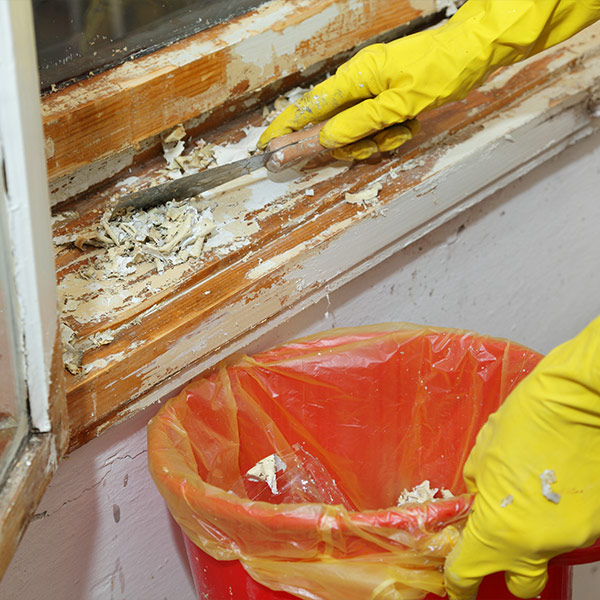NMP (N-methylpyrrolidone)
TSCA Ten: Snapshots of the first 10 chemicals to be reviewed under the new TSCA
Date updated:
Summary: An overhaul in 2016 of the main U.S. chemical safety law, the Toxic Substances Control Act, required EPA to choose the first 10 chemicals for risk evaluation. NMP, one of the first 10 chemicals, is commonly used in paint and coating removal products but is also found in automotive products, inks, degreasers, and more. NMP is linked to fetal development problems, including low birth weight and birth defects.
In January 2017, EPA proposed a rule to restrict most uses of NMP in paint and coating removal products. Unfortunately, the agency has abandoned finalization of this proposed restriction.
What kinds of products may use it?
- Paint strippers
- Polyurethane paints
- Waterborne paints
- Inks and toners
- Degreasers
- Automotive care
What hazards does it pose?
- Developmental toxicity
- Reproductive toxicity
- Liver toxicity
- Kidney toxicity
- Immunotoxicity
- Skin and eye irritation
Who may be exposed or most at risk?
- Workers and occupational bystanders in NMP manufacturing and processing industries
- Workers using commercial products, such as paint stripping in bathtub and furniture refinishing
- Pregnant women/developing fetus/children
- People that depend on water sources contaminated with NMP
- People that live near industrial or commercial facilities that use NMP
Production profile (2015)
- U.S. manufacture (production and import): 160,818,058 lbs
- Number of manufacturers: at least 27
- Number of manufacturing sites: 33
What industries use it?
- Construction
- Petrochemical processing
- Plastic manufacturing
- Agriculture chemical manufacturing
- Adhesive and sealant manufacture
- Electronics including cleaning, circuit board printing, and wire enamels
NMP additional resources
- EPA factsheet [PDF]
- EPA: Preliminary information on manufacturing, processing, distribution, use, and disposal [PDF]
- EPA: Scope of risk evaluation [PDF]
- EPA: Problem formulation [PDF]
- EPA: TSCA work plan chemical risk assessment [PDF]
- EDF Health: On a roll: EPA proposes to ban or restrict two highly toxic paint stripping chemicals
Chemical snapshot

NMP can be found in house paint as well as paint removers.

Credit: Chem ID Plus data base under the U.S. National Library of Medicine.










